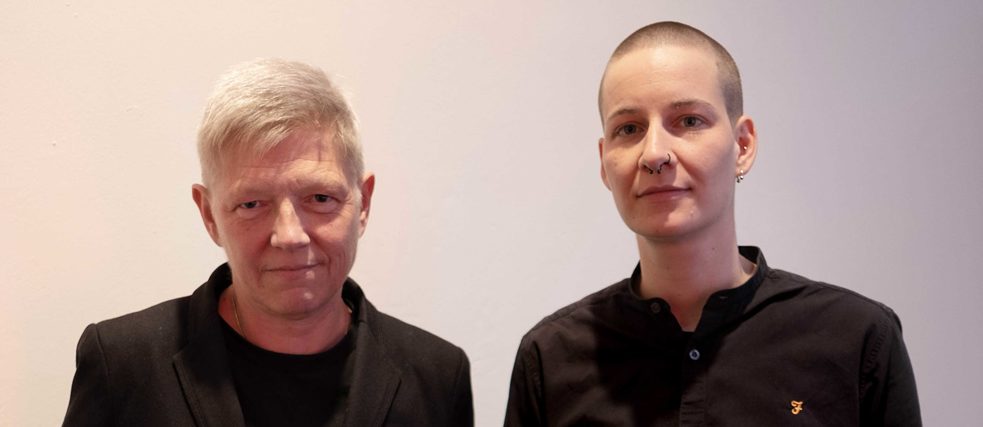Interview with the curators of the Schwules Museum Berlin
“We want to highlight conflicts”

Conversation with the curators of Queer as German Folk, Birgit Bosold and Carina Klugbauer, on queer resistances, unheard voices and the art of contentious debate.
What do you want to say with Queer as German Folk that hasn’t already been said on the subject fifty years after Stonewall?
Klugbauer: We’re using the Stonewall protests as an opportunity to tell the story of the queer movement in Germany – but we also want to question how the history of this movement is constructed. Stonewall was a moment when something shifted; an awakening. But this big moment also conceals a lot. There were queer lives before and simultaneous to Stonewall, as well as resistance and activism. We want to make that visible, but not as a homogenously written history, as is often attempted. We want to tell a new story: Movement history in the form of highlights.
Bosold: We try to create surprising moments. That we can see things in combination that we may have never thought about together this way: the West German gay movement and lesbian church groups in East Germany, for example, the first German network of Black women in the eighties and trans film festivals of today. It’s about highlighting the conflicts. We want to capture the revolt; everything where there was a bit of a quake and that still quakes. To hear voices that are otherwise rarely heard.
What voices do you mean?Bosold: One important point is that we made the East German perspective very strong. It’s often treated as a separate chapter, also because there’s simply much more material about West German activism. We tried not only to tell about the East German queer movements, too, but to give them appropriate space.
Klugbauer: In many Stonewall stories, the focus is clearly on the gay movement. Of course, this also plays an important role for us, but we also tried to include people, perspectives and identities in this story that don’t otherwise appear – the POC community, for instance, feminists or trans people and intersex people.
As moments of liberation, are the Stonewall uprisings of 1969 as important for the German queer movement as for the North American?
Bosold: They were also important in Germany, but in a very different way and with great delays. In the US, they immediately got something big started; something erupted. It was referred to much later in the two Germanys.
Klugbauer: There weren’t German pride parades, explicitly labeled as such, until 1979. The moments that had such a reversal effect in Germany like Stonewall in the US were different ones: the film by Rosa von Praunheim, for example, the lesbian protests about the “witch trial” of Itzehoe, or the abortion debate. The nature of the confrontation was different in the US, much more offensive. In Germany, it was a bit more cerebral.
Where did the idea of an exhibition “on demand” come from?
Klugbauer: It was important to us that the exhibition could be shown low-threshold, in all sorts of places. The production costs are low, because we don’t exhibit any originals. We want to make the history of the queer movement accessible to all – and our great scenographers from the chezweitz agency implemented this idea really well. What I find very exciting is that the people set this up themselves on site and can always position the exhibition elements differently, draw their own new connecting lines between the highlights. At the same time, local communities can inscribe their own histories in the exhibition.
How was it collaborating with the Goethe-Institut?
Bosold: In a nutshell: Fantastic. The mere fact that such an important institution initiated an exhibition on the history of the queer movement is remarkable. That it can be shown all over the world. And this concept is not one that we came up with in a quiet room. There was an intense back and forth; a real dialogue happened.
Klugbauer: It was a genuine culture of debate. And we love debates.